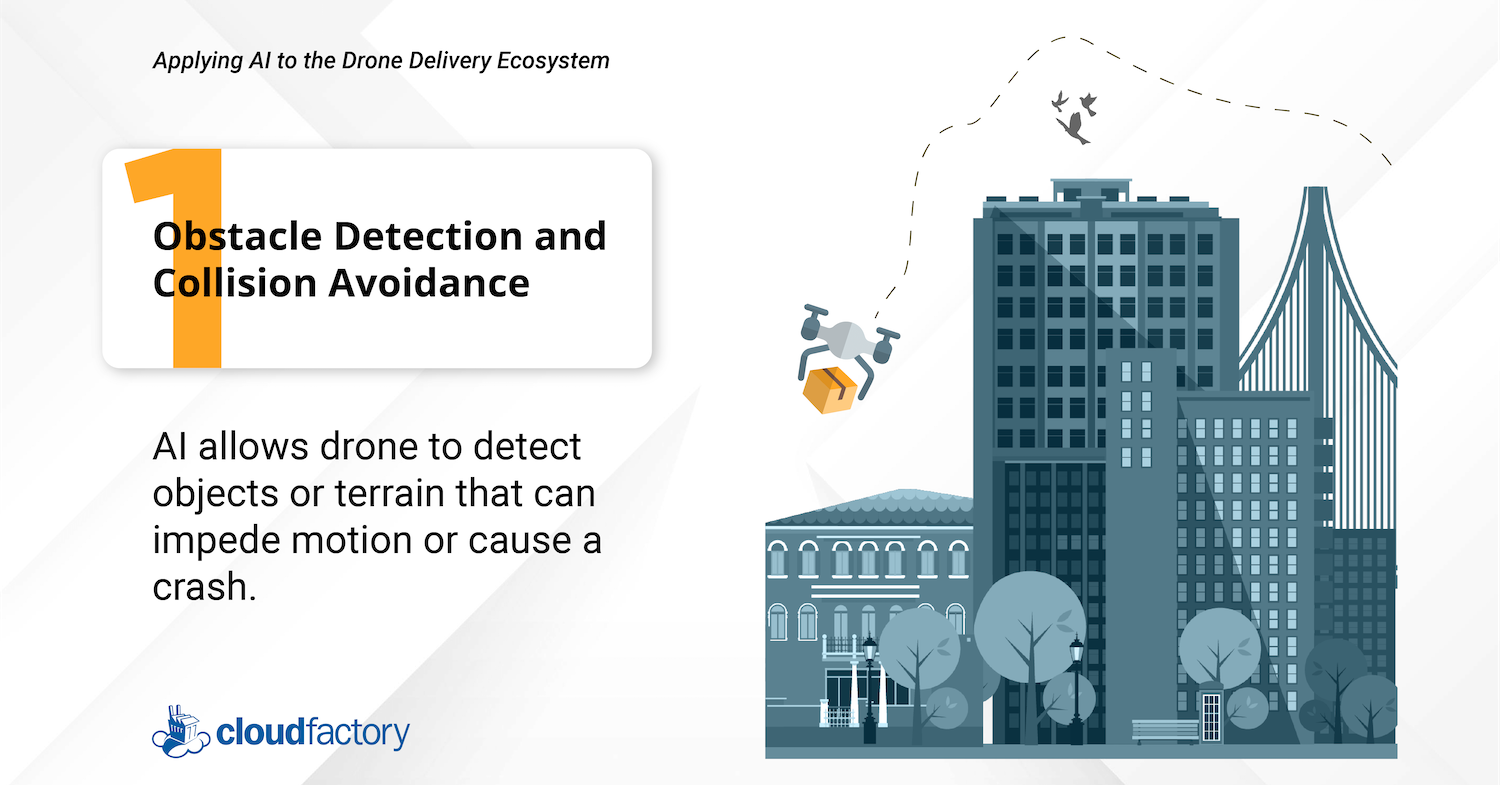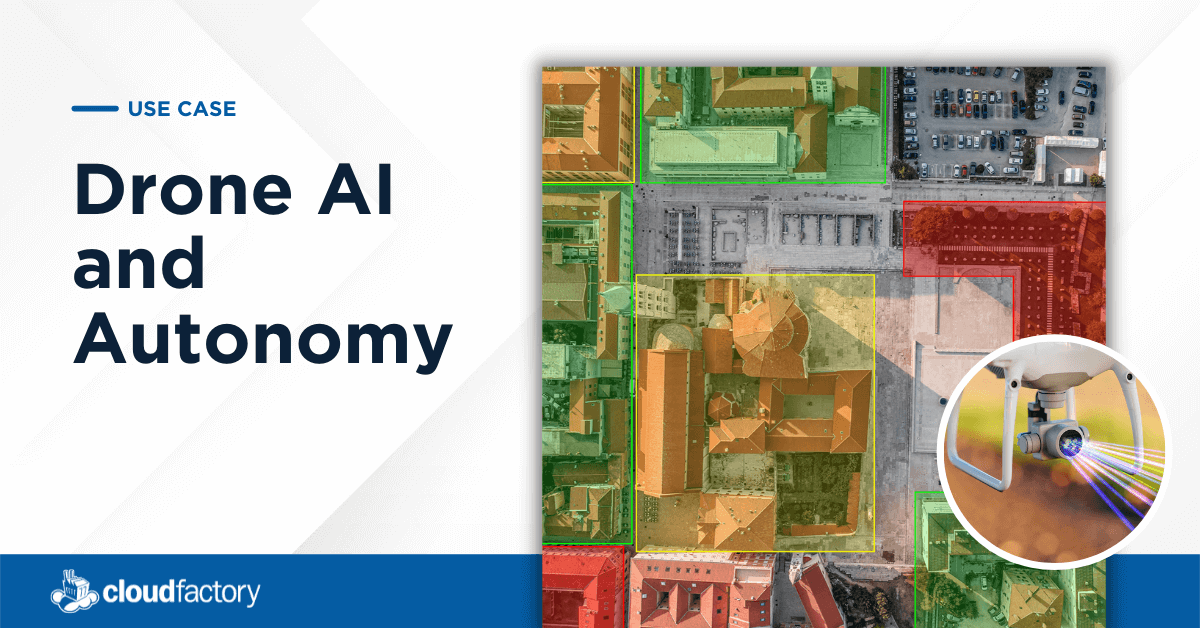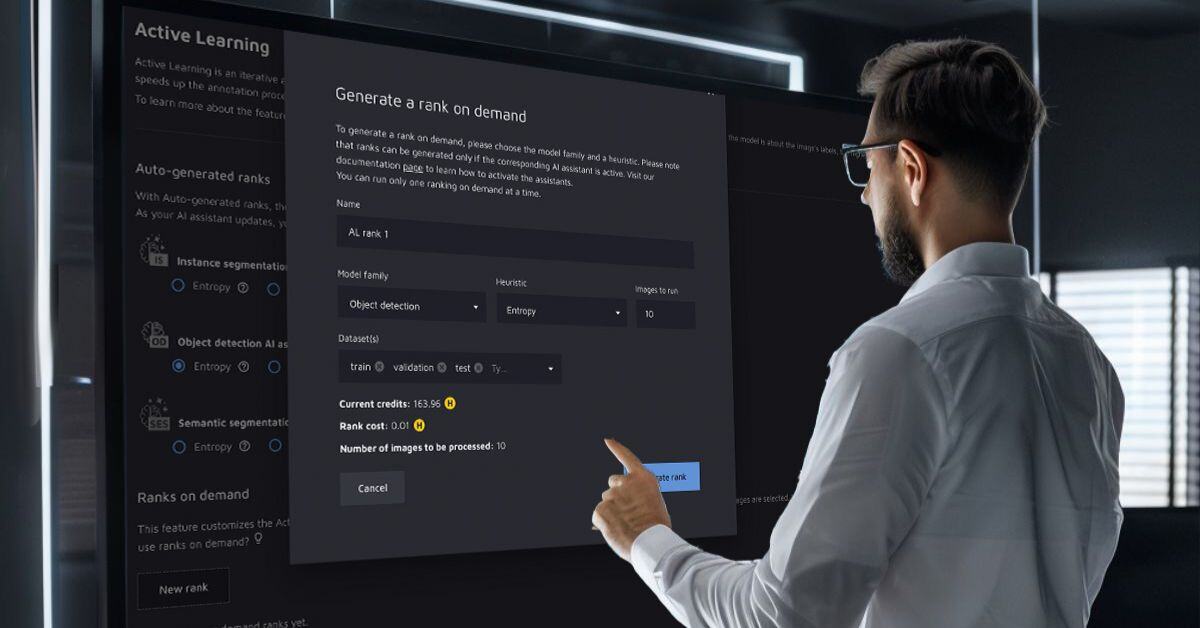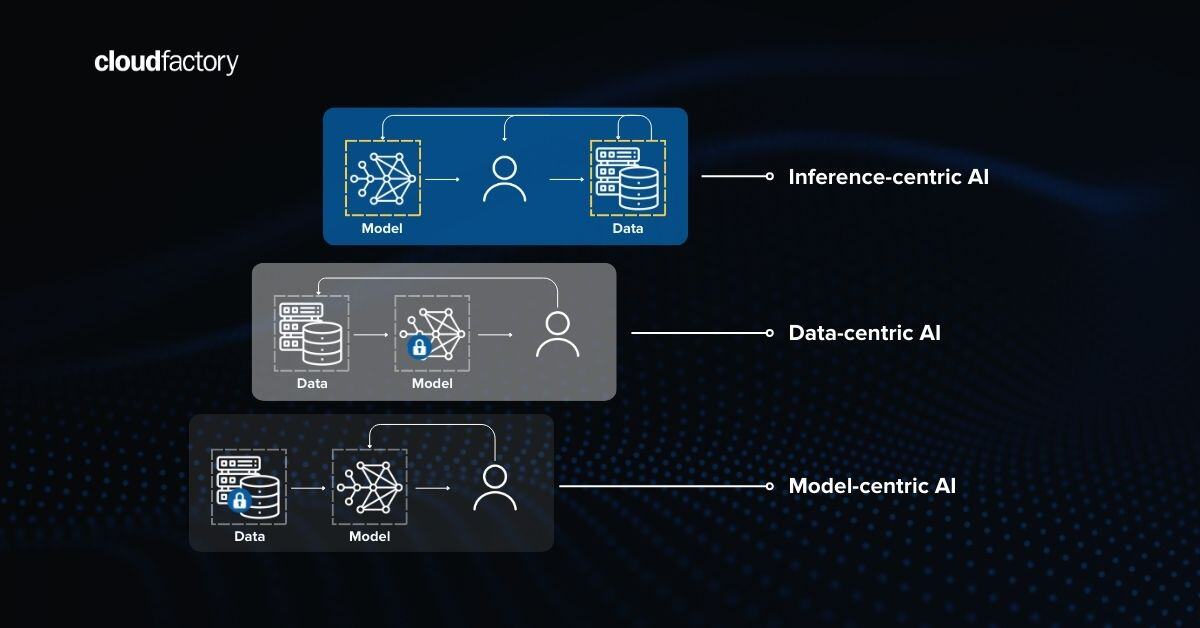While drone delivery once seemed preposterous, it's now a reality in many parts of the United States. Favorable conditions for growth due to increasingly relaxed and transparent regulations from the FAA and a rise in autonomous last-mile delivery demand are driving drone delivery innovations quickly.
Fact.MR's Autonomous Last-Mile Delivery Market Report projects that from 2021 to 2031, the global autonomous last-mile drone delivery market will grow at a CAGR of roughly 19%, with demand for aerial delivery drones soaring.
Soaring demand makes sense as consumers lucky enough to experience drone delivery say that they favor the convenience, speed, and positive environmental impact of drone deliveries.
A Virginia Tech sentiment study conducted in Christiansburg, VA, where the Wing drone delivery has operated since April 2019, shows that 87% of those surveyed liked the idea of drone delivery, and 58% reported that the COVID-19 pandemic improved their opinion of drone delivery.
As Christiansburg residents went into lockdown, demands surged for alternative delivery methods, and AI-enabled drones were ready. What started as a minor operation delivering greeting cards, chocolates, and gourmet popcorn quickly scaled into dropping off toilet paper, library books, and groceries from drones.
What is Object Detection and Collision Avoidance?
During delivery operations, drones may encounter objects such as trees, buildings, birds, or other aircraft. Detecting and avoiding these objects is crucial for a successful and safe mission.
The Essential Guide to Applying AI to the Drone Delivery Ecosystem outlines five ways AI makes drone delivery possible at scale. Over the next several months, we’ll dive into each of those ways, starting now with detect and avoid technology.
In the drone delivery market, detect and avoid systems are in high demand, even though the FAA hasn't written the rules and regulations outlining precisely what will be required of detect and avoid systems serving in a beyond visual line of sight (BVLOS) role.
We do know that as the FAA allows more and more drones to operate BVLOS, the need for drones to avoid collisions with objects and other aircraft autonomously will be crucial because the drones will be out of visual range.
We also know that drone delivery will eventually operate within an Unmanned Aircraft System Traffic Management (UTM) framework, requiring the detection of other aircraft and a subsequent change in the flight path to quickly replicate the decisions pilots would typically make in an airplane.
Object Detection and Collision Avoidance Technology
Adding object detection and collision avoidance technology to drone delivery operations is logical as companies scale. One company developing such technology is Iris Automation. Iris Automation developed an onboard computer vision software named Casia that allows drones and other unmanned aircraft systems (UAS) to detect and avoid objects, even at high speeds.
Casia enables safe and reliable BVLOS operation. The combined hardware and software solution uses state-of-the-art industrial cameras to provide full situational awareness to sense and detect obstacles and other aircraft.
Casia's technology can even tell the difference between a light aircraft, an airliner, a helicopter, and a military jet and records the target's speed to work out the drone’s avoidance maneuver.
What Role Does AI Play in Object Detection and Collision Avoidance?
In drone delivery, detect and avoid technology is added to drones, mainly in the form of computer vision. Computer vision enables drones to detect objects while flying and allows for analysis and recording of information in the air and on the ground.
Without computer vision, a drone wouldn't understand its surroundings, including buildings, trees, and other aircraft. Computer vision software, sensors, thermal or infrared cameras, microphones (equipped with audio sensors), and optomechanical devices (optical mirrors and optical mounts) work together as a perception unit.
The unit collects a massive amount of data that’s used to train machine learning and computer vision models to detect and avoid various objects, both static and in motion. The quality and quantity of your training data determine the accuracy and performance of your machine learning model.
Drones Need High-Quality Data To Deliver Goods
If you’re part of a drone delivery project team, you know that the success of your project is directly tied to the volume of high-quality data you process. You need enormous amounts of data to keep your drones traveling from point A to point B, error, and accident-free.
Since detect and avoid data comes in from various sensors and cameras, the process of labeling data to ensure a safe model is highly technical. It’s also incredibly daunting because of the resources and time involved in capturing, preparing, and labeling data. Sometimes, teams compromise on the quantity or quality of data – a choice that will undoubtedly lead to significant problems down the line.
Best-in-class drone data labeling companies improve and enrich the data you need to train, test, and validate your machine learning model.
A reputable drone data labeling service should offer:
- Flexibility and communication as object classifications change.
- QA capabilities for the original training data and for reviewing how the model performed in-flight.
- The ability to scale as your drone delivery radius expands or as you launch operations in new locations.
When it comes to training the models that enable detect and avoid technology in drones, high-quality training data is non-negotiable. Data labeling is an essential part of your AI model, and the better the data, the quicker your operation will scale and receive approval for BVLOS drone delivery operations.
CloudFactory is driving the innovation of drone delivery and drone inspection by labeling the enormous amounts of individual objects in images and videos used to train machine learning and computer vision models to accurately detect and avoid the world around them. Learn more about our work with autonomous drones here.
Data Labeling Computer Vision AI & Machine Learning Drones Detect and Avoid










